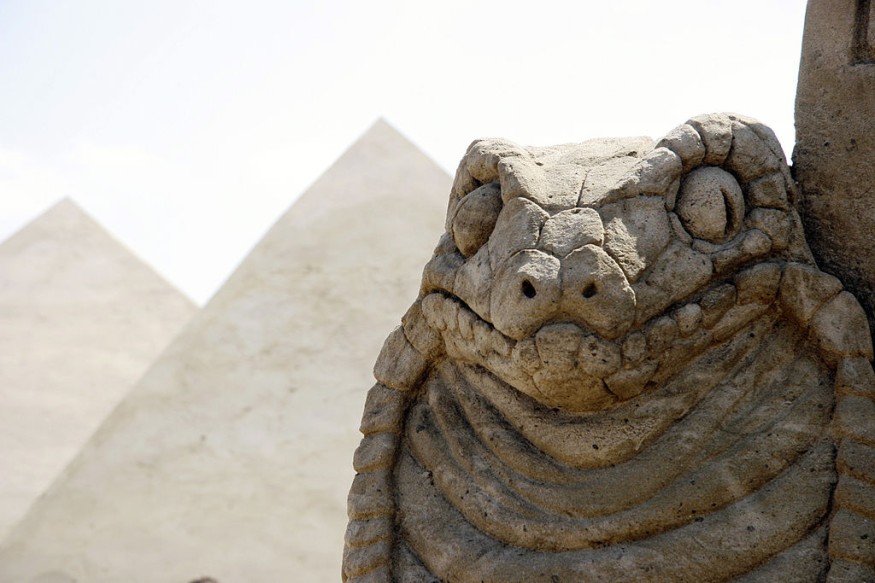A new study, published in the journal Environmental Archaeology, about the Brooklyn Papyrus from ancient Egypt offers rich insights into the diverse snake species coexisting with the pharaohs. These documents, akin to cave paintings, provide detailed descriptions of snakes and their bite effects, often linked to deities.
The Brooklyn Papyrus enumerates 37 snake species, with 13 descriptions now lost. Today, researchers are left to speculate about the exact species mentioned due to significant changes in the region's snake diversity.

Role of Snakes in Ancient Egypt
Snakes hold a prominent place in ancient Egyptian mythology and symbolism. They symbolize protection and are associated with divinity. Snakes are considered protectors against chaos and were often depicted in various forms, such as Mehen encircling Ra in his boat during his journey to the underworld.
The Uraeus, a reared serpent symbol, was worn by pharaohs on their crowns, signifying divine dominion and authority, particularly in Lower Egypt. The snake's role expanded as the sun god Ra gained prominence, and the Uraeus was believed to protect pharaohs by spitting fire from the sun onto their foes.
Egyptian culture respected snakes for their symbolism of strength, renewal, and knowledge. They were associated with various deities like Wadjet, Renenutet, Meretseger, and Nehebkau. In mythology, snakes represented a creative life force, fertility, renewal, and immortality, emphasizing their multi-faceted symbolism.
READ ALSO : Egypt's 'Book of the Dead' Photos Revealed; What Was the Purpose of These Ancient Scrolls?
There Are More Snakes in Ancient Egypt Than Previously Thought
The ancient Egyptian great snake of Apophis, with its four fangs, appears to have no modern counterpart within the region. Modern venomous snakes found in Egypt possess only two fangs in their upper jaw bones, a common characteristic in venomous snakes worldwide.
The closest modern snake with four fangs is the boomslang, which resides more than 400 miles south of present-day Egypt, in sub-Saharan African savannas. To study this further, a climate niche modeling approach was used to analyze the historical ranges of African and Levantine snakes, revealing how climate conditions have changed over time.
The study reveals that ancient Egypt's climate, much more humid than today, could have supported numerous snake species that are not currently found in the region.
Moreover, researchers focused on ten snake species from the African tropics, North Africa's Maghreb region, and the Middle East, potentially matching descriptions found in the Brooklyn Papyrus. They found that nine of these species could have inhabited ancient Egypt, particularly in the southern and southeastern regions, including the modern northern Sudan and the Red Sea coast.
These snakes might have lived in the fertile Nile valley and along the northern coast. For example, the puff adder, described in the papyrus as "patterned like a quail," could have lived further north than its current habitat in Sudan and Eritrea.
The study also considered the impact of climate change and desertification over time and how factors like farming and irrigation might have influenced the distribution of snake species in ancient Egypt.
This research highlights the significance of combining ancient texts with modern technology to gain insights into the ecosystems of the past. Even vague or imaginative descriptions from ancient texts can provide valuable information when analyzed using current scientific methods.
By modeling the historic ranges of modern species, researchers can better understand how environmental changes have affected ancient ecosystems and the interactions between humans and wildlife during that time.
RELATED ARTICLE:
Top 8 Ancient Egyptian Discoveries in 2022: Which Amazing Findings Made the List?
Check out for more news and information on Ancient Egypt in Science Times.
© 2025 ScienceTimes.com All rights reserved. Do not reproduce without permission. The window to the world of Science Times.












